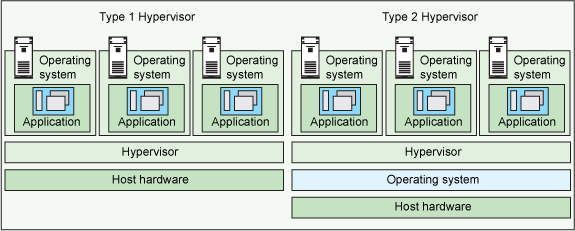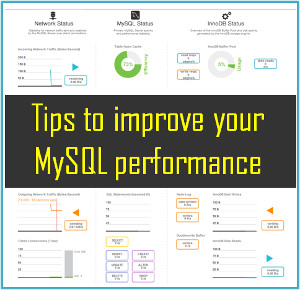
Virtualization has assisted organizations to improve and centralize their business conditions and create a highly proactive IT infrastructure. Server virtualization and consolidation has always been the two powerful techniques to remodel the data center into a cloud platform with the functionality that can support the most challenging applications.
In the current scenario, many organizations are adopting the virtualized method to streamline business operations. Before we with the modern cloud environment and data centers, it’s essential to understand the significance of virtualization in the IT world and how it is assisting businesses encourage new strategies.
What is a Hypervisor?
The advancement of virtualization lies in one of the most important software components: hypervisor. Hypervisor is one of the two main approaches to virtualizing a computing environment. The software piece allows sharing of resources via physical devices among virtual machines that is functioning as a guest. Here ‘guest’ is operating system and ‘host’ is physical computer.
To define it additionally, hypervisors are classified into two types: Type 1 and Type 2.
Type 1 – Also known as bare metal or native, this type runs directly on the host’s hardware to control the component as well as manage the virtual machines that runs on the top of the host. This procedure is considered suitable for most production systems.
Type 2 – This hypervisor model is also known as ‘hosted’ or ‘embedded’ and runs as a software using an operating system. So here, the software is installed on a running operating system rather than on a physical hardware.
Type 1 or Type 2: which is better?
Users often prefer Type 1 over Type 2 because it cuts the overhead of deploying operating system on the top of a physical hardware. The basic idea here is that organizations don’t want to take the challenge of additionally installing the OS on the host. In short, Type 1 runs directly on the hypervisor, whereas Type 2 requires OS to function.
Conclusion:
Hypervisor has evolved enormously since its inception and it will continue to grow rapidly. On the other hand, virtualization has made its value in the IT world and this will lead hypervisor to contribute significantly to the management of distributed data center. Administering through hypervisor is no longer a future thing, but it's a present concept that allows users to manage resources via the technology. However, before you take the plunge, make sure to understand the comprehensive hypervisor tools. Interpreting the tool set thoroughly enables administrators to design disaster recovery plans, consolidate cloud and develop a more agile business platform.

 Priti
Priti










